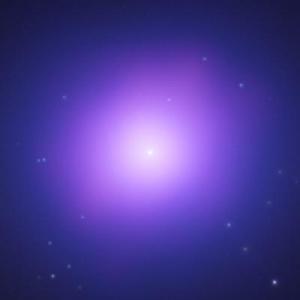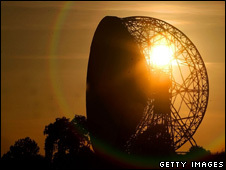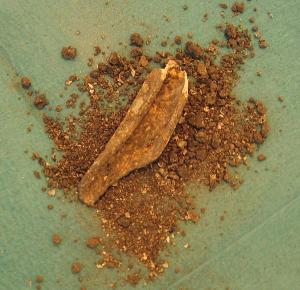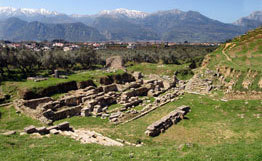Duke University engineers believe that an image of two tree canopies touching top-to-top can guide their efforts to most efficiently control the flow of liquids in new materials, including the next generation of aircraft and rocket "skins" that can self-repair when damaged, or self-cool when overheated.
"Examples of this branching design tendency are everywhere in nature, from the channels making up river deltas to the architecture of the human lung, where cascading pathways of air tubes deliver oxygen to tissues," said Adrian Bejan, J.A. Jones Professor of Mechanical Engineering at Duke's Pratt School of Engineering.
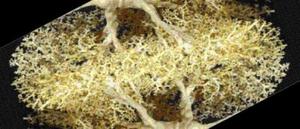
|
| ©Adrian Bejan |
| Canopy-to-Canopy |
